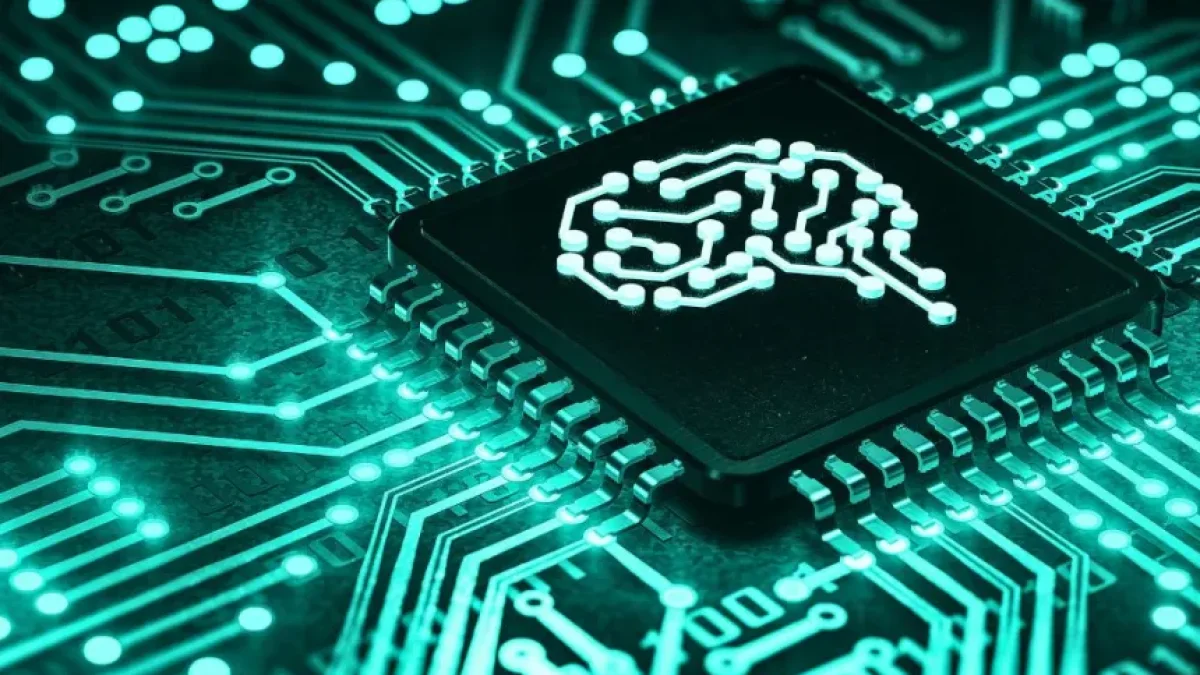In the fast-paced world of technology, innovations in the field of artificial intelligence (AI) are transforming the way we interact with devices and generate data. Recently, ARM has taken a significant step by presenting its new CPU and GPU architectures, specifically designed to enhance performance in AI applications. Below, we will explore the key features of these innovations and their impact on the future of computing.
New ARM CPU Architectures
Efficiency and Performance
ARM's latest CPUs have been designed with a focus on energy efficiency and optimized performance. Through advanced architecture, these central processing units can handle complex AI tasks more quickly and with significantly lower energy consumption. This means that devices equipped with these CPUs will not only deliver better performance but also contribute to longer battery life, which is crucial for mobile and portable devices.
AI Integration
The integration of AI capabilities into ARM CPUs allows for smoother execution of machine learning algorithms. This feature results in faster and more accurate processes, facilitating tasks that require real-time analysis, such as image processing and voice recognition. These innovations enable developers to create more advanced and efficient applications.
ARM GPU: Graphics Power for AI
Enhanced Graphics Performance
ARM's new GPUs have also been designed with AI in mind. Like the CPUs, these graphics processing units have improved their performance in complex tasks, such as training deep learning models. With an increase in the number of processing cores, these GPUs can handle large volumes of data, thus accelerating tasks that require high computing power.
Implications for Developers
For developers, the combination of ARM CPUs and GPUs represents an unprecedented opportunity to create innovative applications. With improvements in speed and efficiency, programmers will be able to implement AI models more effectively, offering users rich and dynamic experiences. The ability to perform parallel processing on these new chips means that applications will not only be faster but also more accessible on mid-range and low-end devices.
Specific Innovations
Neoverse and Cortex Processors
ARM has launched its Neoverse architecture for server and cloud applications, further optimizing the use of AI in these areas. Meanwhile, the Cortex processors are designed for mobile and IoT devices, ensuring that AI is effectively implemented across a variety of platforms.
Support for TensorFlow
Additionally, ARM's new GPUs provide optimized compatibility with TensorFlow, one of the most widely used frameworks in AI. This allows developers to leverage ARM's hardware capabilities to enhance the performance of their AI applications without additional complications.
Conclusion
ARM's new CPU and GPU architectures represent a remarkable advancement in the field of artificial intelligence, promising efficiency, performance, and a richer experience for users. With its focus on AI integration and energy consumption optimization, ARM positions itself as a key player in the future of computing.
Feel free to continue exploring more news about technology and advances in AI on my blog. I look forward to seeing you in the next post!




















